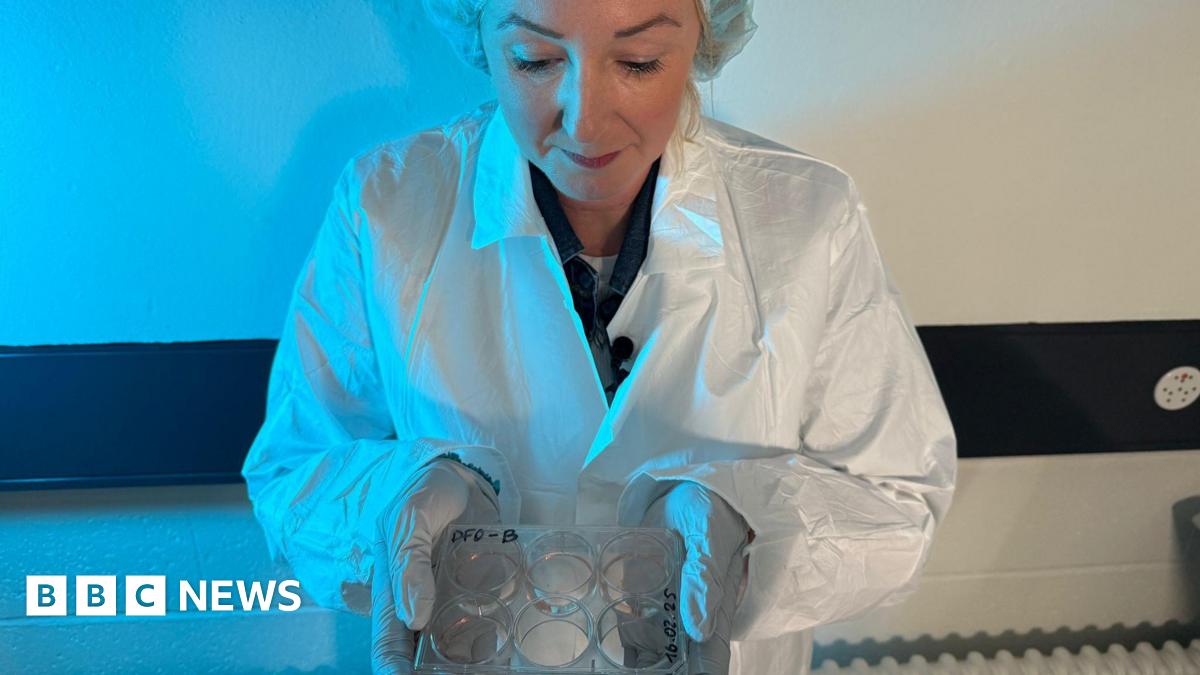Buildings as Batteries? MIT's Groundbreaking Concrete Power Revealed!

Imagine your walls not just holding up your home but also powering it! A revolutionary breakthrough from scientists at the Massachusetts Institute of Technology (MIT) has unveiled a groundbreaking type of concrete that can transform ordinary structures into enormous energy reservoirs. This is not science fiction—it's real, and it could change the way we think about energy forever!
This innovative material, known as electron-conducting carbon concrete (ec³), functions as a supercapacitor, significantly enhancing its energy storage capacity by a staggering tenfold compared to previous formulations. Just think about that! With only five cubic meters of this special concrete—about the size of a basement wall—you could create a battery powerful enough to store energy efficiently.
The magic happens at the nanolevel, where scientists have ingeniously created a nanomaterial network that combines cement, water, and electrolytes. This transformative blend allows the concrete to store energy like a giant sponge. By utilizing a technique called FIB-SEM tomography, researchers have been able to visualize this material layer by layer, revealing how the carbon black forms a complex web around tiny pores. This structure allows electrolytes to flow, enhancing the current and subsequently the energy storage capability.
In their experiments, the team discovered that seawater could be an effective electrolyte, paving the way for potentially revolutionary new utilities. Instead of treating concrete after it has been poured, they integrated electrolytes directly into the water mix, resulting in a denser, more powerful electrode. This approach represents a major leap forward in the quest for sustainable energy.
Interestingly, the researchers drew inspiration from ancient Roman construction techniques, leveraging knowledge from the past to forge solutions for the future. During testing, they found that an ec³ arch could support weight while simultaneously powering an LED, showcasing its dual functionality. In fact, this innovative concrete has already been utilized in snowy Sapporo, Japan, where its thermal conductivity has made sidewalks safer!
The lead author of the study, Damian Stefaniuk, emphasized that a primary motivation behind this research is to facilitate the transition to renewable energy sources. Co-author and Cornell professor, James Weaver, added that by harmonizing modern nanoscience with one of humanity's oldest building materials, we are opening doors to infrastructure that sustains and enhances our lives.


























